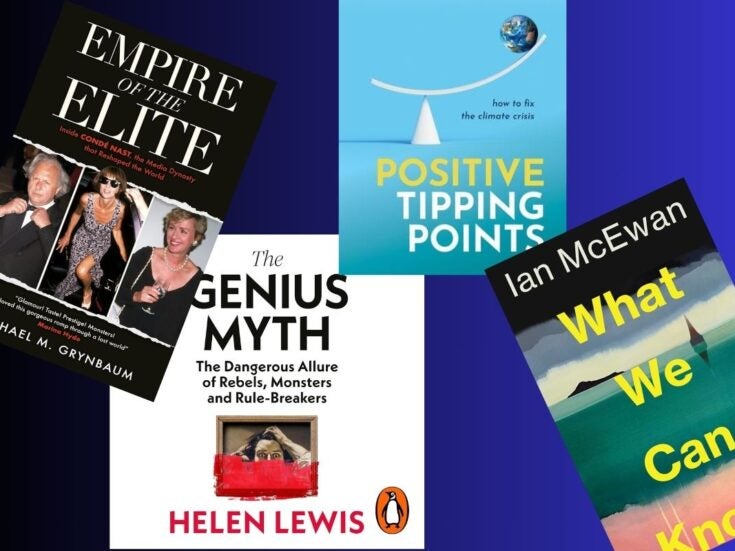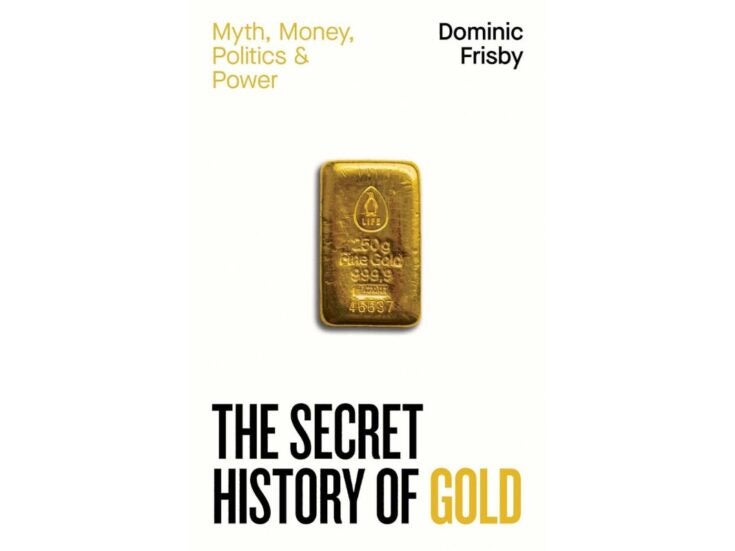
Delhi-cacies
Lucia van der Post dons her sari to explore the traditional arts and crafts that exemplify Indian splendour and which are now being used in beautiful modern design
MOST WESTERNERS WHO fall in love with India, as many do, love it for its ancient crumbling forts and palaces, for its dusty alleyways and little ateliers, for its celebrated crafts and romantic history. And mostly they would like it to stay that way. But back in India itself, designers are having to grapple with the fact that all those wonderful ancient crafts — the beading, the embroidery, the enamelling, the dyeing, the printing, the goldsmithing — need to be revived. They can’t go on doing things the way they’ve been done for centuries without updating them, re-inventing them, refreshing them for a modern world. And this is precisely what some of the best designers are beginning to do.

It was Lekha Poddar, the visionary behind two of India’s most extraordinary hotels, Devi Garh and Devi Ratn, who showed us first quite how breathtaking the results could be if the old and romantic were allied with the new and the avant garde. Into Devi Garh, a wonderfully romantic fort outside Udaipur, she inserted a minimalist interior of the most sensitive and elegant kind. Devi Ratn, a thrilling new hotel on the edges of Jaipur, is a brave venture which takes traditional Indian elements, such as the jaali (traditional lattice screens), as well as India’s love of gold and decoration, but re-interprets them in very contemporary ways.
Now other Indian designers who are passionate about their country’s colours and crafts are looking at ways of exploring India’s vast artisanal heritage. Janice Blackburn, an ardent Indiaphile, has curated two wonderful shows of contemporary Indian design for Sotheby’s on Bond Street, which showcased the work of some of the best. Sabyasachi Mukherjee, for instance, who will be opening a shop in London in the next year, is a textile designer who takes India’s vast experience in intricate and highly decorative beading and embroidery and out of them fashions wonderful waistcoats, dresses, bracelets and bangles (at the show they were such a wow that he was completely cleaned out), handbags, headbands and hats. They couldn’t be anything but Indian, and yet they were universally desirable.

Wrap, India’s first contemporary luxury design company, wowed us a couple of years ago with Gunjan Gupta’s extraordinary Bicycle Throne. Inspired by the bicycle vendors that operate all over India, she took old seats, springs, pipes and other parts and turned them into a wonderfully witty chair by adding old sacks, dhurries and mattresses. For the most recent exhibition she took the ancient wrapping technique that was traditionally used to make royal thrones in the 17th century and created a stunning wooden chair wrapped in gold and silver. Delhi-based potter Rahul Kumar made an amazing series of large pots, all in traditional glowing red clay, all highly sophisticated, able to play a starring role in the most international of interiors.
Alice Cicolini (some of whose pieces are sold at Matches and at Designers’ Guild) does beautiful jewellery, all of which displays a distinctly Indian aesthetic, but most importantly she has the pieces enamelled in Jaipur, thus helping to keep alive this ancient craft.
The Conran Shop, too, is much enamoured with India and from time to time brings some of its more interesting contemporary designers to our notice. At an exhibition a couple of years ago it showcased Klove Studio, which is run by two glass-blowing artists, Prateek Jain and Gautam Seth, who make extraordinary glass tulips and lotuses — three tall lotuses on a single stem make a particularly dramatic statement — while their lanterns pay homage to the traditional Indian love of candlelight.

MANY OF THE designers draw inspiration from temple architecture and accessories — Vibhor Sogani, for instance, makes huge stainless steel bowls, sometimes with a floating ball, as well as making a miniature stepwell with concentric circles out of stone. These are glorious sculptural pieces that many of the grand hotel groups (the Park Hyatt Group for one) have used to adorn their entrances.

None of this is happening fast, which may be a relief to the old romantics who like India the way it’s always been, but for others there is a sense of urgency about it. The old crafts are dying fast. Today there are just fifteen enamellers left in the whole of India, whereas once it was an essential and lively craft, found in many towns and cities. Unless designers find new ways to use these skills, they will die out.
Janice Blackburn believes that the way forward is collaboration. Western designers with sensitivity and the right skills can help find new ways of using these ancient hand-making crafts. The trick is to take indigenous themes and make them universal, without resorting to ethnic clichés. Only a great designer can do this.
Christina Kim, for instance, the creative spirit behind the Dosa fashion range, took some exquisite artisan-made textiles and turned them into works of art by using old beading and embroidery techniques to embellish them with some of Cy Twombly’s poems. Milan-based Luisa Cevese, who has developed a technique of embedding textiles into resin, took old saris and typical Indian fabrics and created a range of highly sought-after bags which pay homage to India’s past and yet use technology to create something very cool and modern.
Many of these ranges are small and not all are available everywhere, but almost all of them have websites where those who are interested can explore what they have to offer. All, though, offer a fascinating glimpse of what the India of the future may have to offer to the world of design.
Read more by Lucia van der Post







